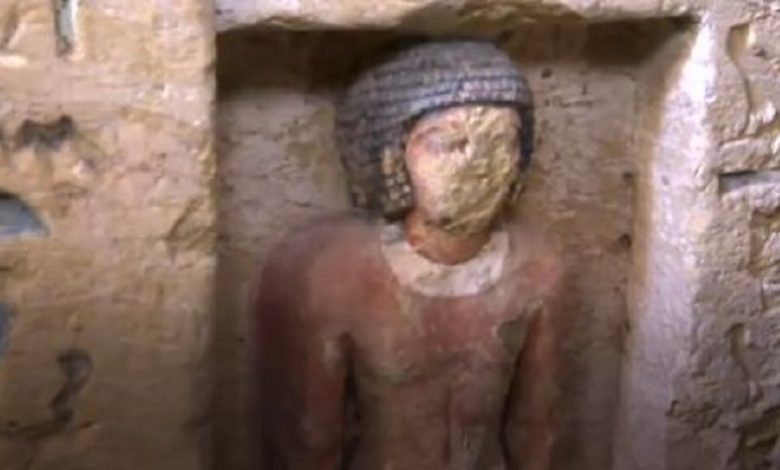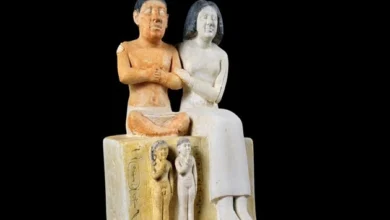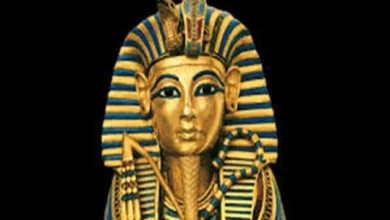What hides in a 4,000 years priest’s tomb recently discovered in Egypt

Egyptian archaeologists made a sensational discovery: 30 kilometres south of Cairo; they discovered the final resting place of the high priest, untouched for 4400 years. The tomb is decorated with curious hieroglyphs. Drawings tell about what the ancient Egyptian was doing in everyday life.
The tomb was hidden in a mountain range in the ancient necropolis of Saqqara. It is richly decorated with drawings – the old artist captured various scenes from the life of the royal priest, including the relationship with his mother, wife, and other family members. Judging by the drawings, the titled Egyptian was engaged in hunting, manufacturing ceramics and sailing ships in his free time.
The tomb told everything about the priest
“The fact that the high priest was very devoted to his mother as evidenced by the fact that he mentions her name almost everywhere,” explained a representative of the Egyptian Ministry of Antiquities, pointing to dozens of hieroglyphs, statues and drawings found in the tomb. He noted that although the burial is several thousand years old, the colour of the images is almost intact.

As scientists have found out, the high priest bore the name Wahtye and served during the reign of the fifth dynasty of King Neferirkare (between 2500-2300 BC). This dynasty ruled Egypt shortly after the Great Pyramid of Giza was built. In addition to the deceased’s name, hieroglyphs carved into the stone above the tomb door list his numerous titles.
More finds
Saqqara served as a cemetery for Memphis, the capital of Ancient Egypt, for more than two millennia. The ancient Egyptians mummified people in order (they believed) to preserve their bodies for the afterlife, and animal mummies were used as religious sacrifices.
In general, the speed and scale of discoveries in Egypt seem to be increasing. So, in November last year, archaeologists unearthed eight new limestone sarcophagi with mummies 25 miles south of Cairo.
The Egyptian Ministry of Antiquities stated that the mummies are dated to the late period (664-332 BC) and have an outer layer resembling cardboard – papyrus or canvas covered with plaster and decorated with patterns. Three of these eight mummies are very well preserved.
Moreover, a few days before the eight mummies were found, archaeologists discovered a woman’s mummy, approximately 3,000 years old. This find is also perfectly preserved.
As for the tomb of the priest, archaeologists are sure: in the same place, you can find many even larger-scale ancient finds. So the search continues.




